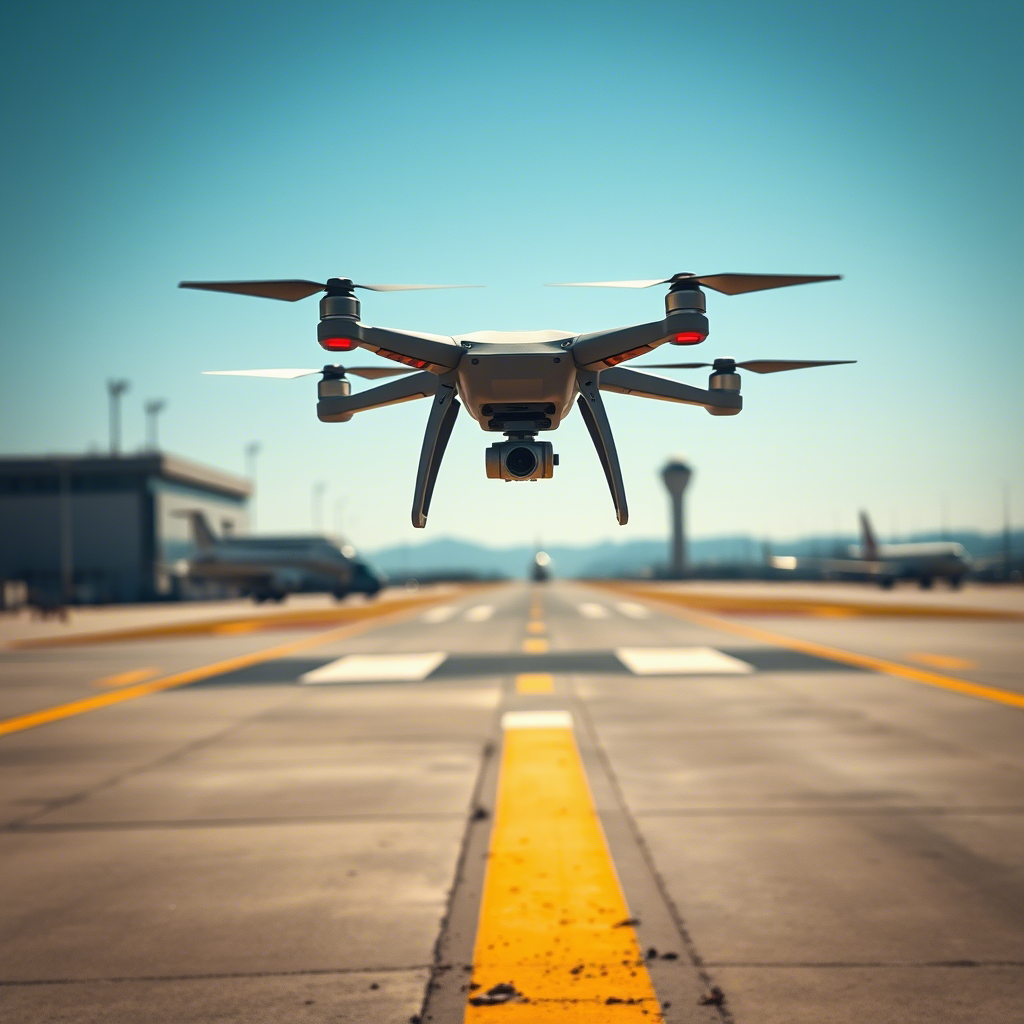Application scenarios of plant protection drones with different pesticide loading capacities
Application Scenarios for Plant Protection Drones with Varying Payload Capacities
Plant protection drones have transformed agricultural practices by enabling precise, efficient, and scalable crop treatment delivery. One critical factor influencing their utility is payload capacity—the volume of liquid or granular substances they can carry per flight. Drones with different payload sizes are tailored to distinct farming needs, from small-scale organic farms to vast commercial plantations. Understanding how payload capacity shapes their applications helps farmers optimize resource allocation and achieve better outcomes. Below, we explore how varying payloads influence drone suitability across diverse agricultural scenarios.
Light Payload Drones: Precision in High-Value or Specialty Crops
Drones with light payload capacities, typically carrying 5 to 15 liters of liquid treatment, are ideal for high-value or delicate crops where precision is paramount. These include vineyards, orchards, and greenhouse-grown produce, where over-application of pesticides or fertilizers can damage plants or lead to chemical runoff. Light payload drones excel in delivering targeted treatments to individual plants or small zones, minimizing waste and environmental impact. Their ability to fly at low altitudes and slow speeds ensures even coverage without disturbing foliage, making them indispensable for crops requiring gentle handling.
In addition to liquid applications, light payload drones support advanced imaging technologies like multispectral or thermal cameras. These tools help farmers detect early signs of disease, nutrient deficiencies, or pest infestations with high accuracy. For example, a drone carrying a 5-liter tank might combine spraying with real-time data collection, allowing farmers to address issues immediately during the same flight. This dual functionality is invaluable for specialty crop growers who prioritize quality and sustainability, as it reduces the need for multiple passes over the field and lowers labor costs.
The portability of light payload drones further enhances their appeal. Their compact size and lightweight design enable easy transportation between fields or storage in limited spaces, such as greenhouses or urban farms. Farmers managing multiple small plots can deploy these drones quickly without requiring specialized infrastructure, making them a cost-effective solution for diversified farming operations.
Medium Payload Drones: Balancing Efficiency and Flexibility in Mid-Scale Farming
Drones with medium payload capacities, ranging from 15 to 30 liters, strike a balance between precision and operational efficiency, making them versatile tools for mid-scale farms. These include family-owned operations cultivating staple crops like corn, wheat, or soybeans, as well as horticultural farms growing vegetables or flowers. Medium payload drones can cover larger areas than their lighter counterparts while still maintaining sufficient accuracy for zone-specific treatments. For instance, a farmer might use a 20-liter drone to apply fungicides across a 10-acre field, adjusting spray rates based on soil moisture or crop health data collected during previous flights.
This payload range also supports granular applications, such as spreading seeds or dry fertilizers, which are common in row crop farming. Medium payload drones can distribute these materials evenly, reducing the risk of uneven germination or nutrient imbalances. Their ability to switch between liquid and granular payloads adds flexibility, allowing farmers to adapt to changing seasonal needs without investing in multiple specialized drones. For example, a single drone might plant cover crops in fall and spray herbicides in spring, maximizing its utility throughout the year.
Medium payload drones are particularly effective in regions with moderate terrain variability, such as rolling hills or mixed-use farmland. Their stability in flight ensures consistent application even when navigating slight elevation changes, whereas lighter drones might struggle with wind gusts at low altitudes. This reliability makes them a popular choice for farmers seeking to scale up their operations without compromising on treatment quality.
Heavy Payload Drones: Maximizing Coverage in Large-Scale Commercial Agriculture
For vast commercial farms spanning hundreds or thousands of acres, heavy payload drones—capable of carrying 30 liters or more—offer unmatched efficiency in crop treatment delivery. These drones are designed to minimize flight frequency by maximizing the volume of liquid or granular material transported per trip, reducing labor and fuel costs associated with repeated takeoffs and landings. A 40-liter drone, for example, can treat a 50-acre field in a fraction of the time required by smaller models, making it ideal for time-sensitive tasks like pest outbreak control or emergency irrigation.
Heavy payload drones are also well-suited for broadcasting treatments over wide areas, such as applying soil amendments or biological control agents across entire fields. Their high-capacity tanks enable uniform distribution, ensuring consistent crop protection even in remote or hard-to-reach zones. This capability is critical for farms practicing precision agriculture at scale, where data-driven decisions require rapid, large-scale implementation. For instance, a drone carrying 50 liters of insecticide might follow GPS-guided flight paths to target specific pest hotspots identified through satellite imagery, optimizing chemical use and reducing resistance risks.
The durability of heavy payload drones further supports their role in large-scale farming. Built to withstand harsh weather conditions and rugged terrains, these drones can operate in environments where lighter models might fail, such as dusty plains or high-altitude regions. Their robust design also allows for integration with advanced automation systems, enabling fully autonomous missions that run 24/7 during peak seasons. For agribusinesses managing multiple farms across vast geographic areas, heavy payload drones provide a scalable solution that aligns with the demands of modern, high-output agriculture.
As agricultural technology continues to advance, plant protection drones with varying payload capacities will play increasingly specialized roles in meeting global food production challenges. Light payload models will remain essential for precision-driven specialty crops, medium payload drones will bridge the gap for versatile mid-scale operations, and heavy payload systems will dominate large-scale commercial farming. By aligning drone payload capacity with specific crop needs and operational scales, farmers can enhance productivity, reduce environmental impact, and build more resilient agricultural systems for the future.

